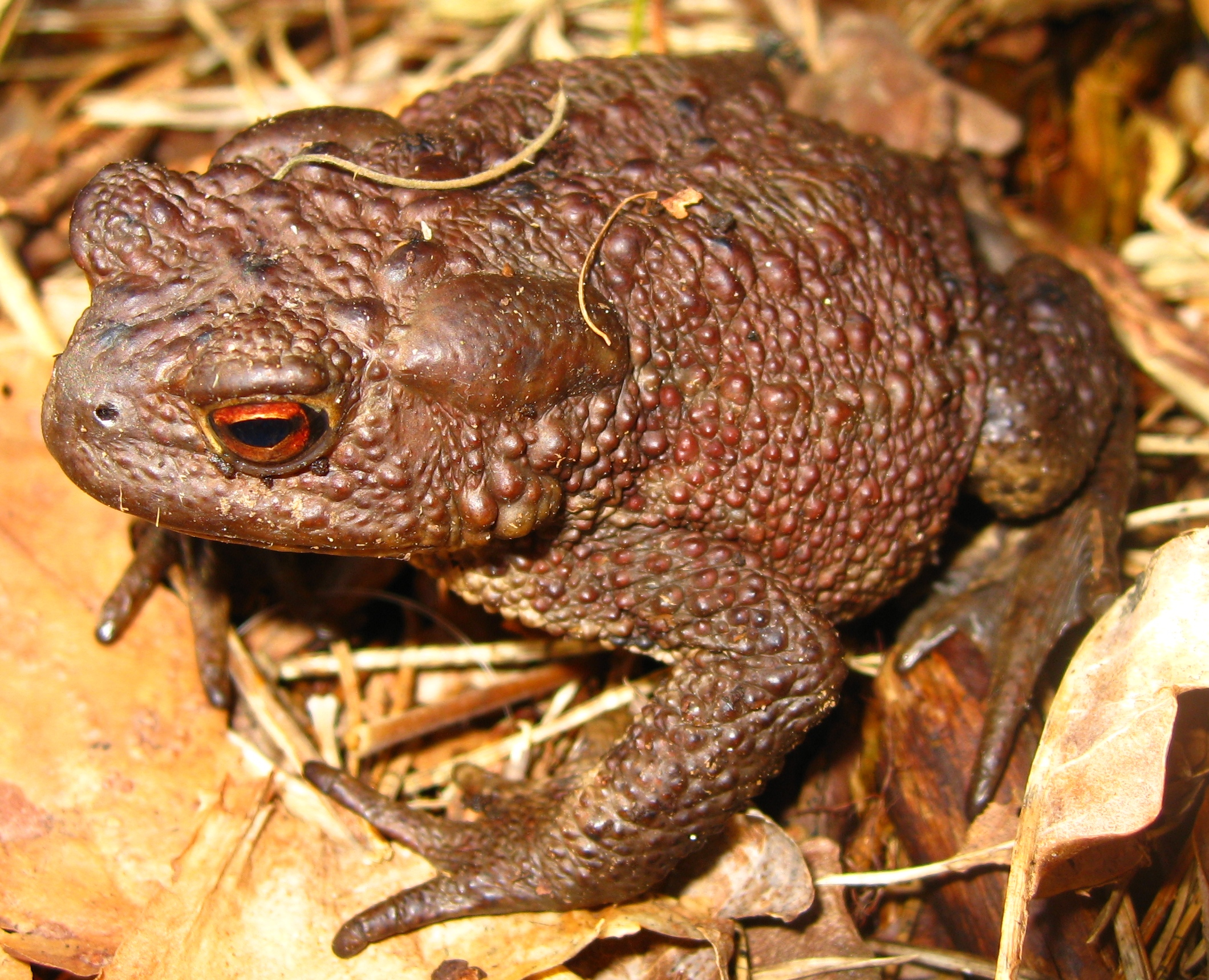
Photo courtesy of Eric Kilby https://openverse.org/image/90cffaeb-e1b5-4f60-80a5-a8ea89c37c2e?q=bat%20eating%20fruit
Bats play a critical role in many ecosystems around the world. They have incredibly diverse eating habits that allow them to occupy different habitats and provide services that are vital to the health and balance of entire ecosystems. For example, fruit-eating bats disperse the seeds in their waste as they fly, nectar-eating bats pollinate plants and insect-eating bats contribute to insect control (Trust BC, 2024). They help pollinate our favorite fruits and they eat the insects that feed on us or our crops. Unfortunately, this relationship isn’t reciprocated. We as a species disrupt these ecosystem services by using pesticides that harm bats (Oliveira et al., 2020).
Pesticides are effective against their target species and help protect crops and livestock from pests (Oliveira et al., 2020). However, when pesticides are applied, they are dispersed through the air and water and they travel to regions that are far from the target site. They then come in contact with non-targeted species. For example, Dichlorodiphenyltrichloroethane (DDT) residues have previously been found in soil, surface water and air and in the tissues of fish, mammals and birds (Oliveira et al., 2020). Pesticide exposure can harm entire populations. The most well-known example is of eagles and their eggs. Eagles exposed to DDT produced eggs with thin shells which halted development of the chicks (US EPA, 2024). This caused population declines in eagles that landed them on the endangered species list.
Bats are exposed to pesticides through a number of mechanisms including contamination of food and water or through skin contact (Oliveira et al., 2020). Exposure to pesticides is mostly dependent on the bat’s feeding habits. Insect-eating bats are at highest risk because they eat agricultural pests that may be contaminated with pesticides. Fruit bats are the second highest at risk to exposure because they forage amongst plants applied with pesticides (Oliveira et al., 2020).
There are several classes of pesticides and their effects on bats differ. Organochlorine pesticides increase the metabolic rate of bats which reduce energy reserves (Oliveira et al., 2020). Reduced energy reserves mean that less energy is dedicated to important processes such as reproduction. This can cause bats to spend more time and energy foraging and puts them at higher risk of predation as well.
Neonicotinoids are another class of pesticides that harm bats. Imidacloprid, a neonicotinoid, interferes with the spatial memory of bats, affecting their echolocation (Hsiao et al., 2016). Chlorpyrifos, belonging to the organophosphate class of pesticides, impairs flight and movement of big brown bats and causes tremors (Eidels et al., 2016). Several organochlorine and pyrethroid insecticides are endocrine disruptors that can affect the reproductive success of bats (Oliveira et al., 2020). For example, fruit-eating bats exposed to a fungivore developed anatomical changes in their testes and epididymis, disrupting their normal reproductive function (Machado-Neves et al., 2018).
Bats play important roles in the health and balance of their ecosystems. If we lose bats that contribute the most ecosystem services, many organisms that depend on these services for survival will be impacted, including us. Our food production would decrease and we may be exposed to more mosquito-borne diseases. We must advocate for all bat species and do our part to protect them.
References
Eidels RR, Sparks DW, Whitaker JO, Sprague CA (2016) Sub-lethal Effects of Chlorpyrifos on Big Brown Bats (Eptesicus fuscus). Arch Environ Contam Toxicol 71: 322–335.
Hsiao C-J, Lin C-L, Lin T-Y, Wang S-E, Wu C-H (2016) Imidacloprid toxicity impairs spatial memory of echolocation bats through neural apoptosis in hippocampal CA1 and medial entorhinal cortex areas. NeuroReport 27: 462.
Machado-Neves M, Neto MJO, Miranda DC, Souza ACF, Castro MM, Sertorio MN, Carvalho TF, Matta SLP, Freitas MB (2018) Dietary Exposure to Tebuconazole Affects Testicular and Epididymal Histomorphometry in Frugivorous Bats. Bull Environ Contam Toxicol 101: 197–204.
Oliveira JM, Destro ALF, Freitas MB, Oliveira LL (2020) How do pesticides affect bats? – A brief review of recent publications. Braz J Biol 81: 499–507.
Trust BC (2024) Bats as pollinators – Why bats matter. Bat Conservation Trust. https://www.bats.org.uk/about-bats/why-bats-matter/bats-as-pollinators (last accessed 3 April 2024).
US EPA O (2016) The Case of DDT: Revisiting the Impairment. https://www.epa.gov/caddis/case-ddt-revisiting-impairment (last accessed 3 April 2024).
